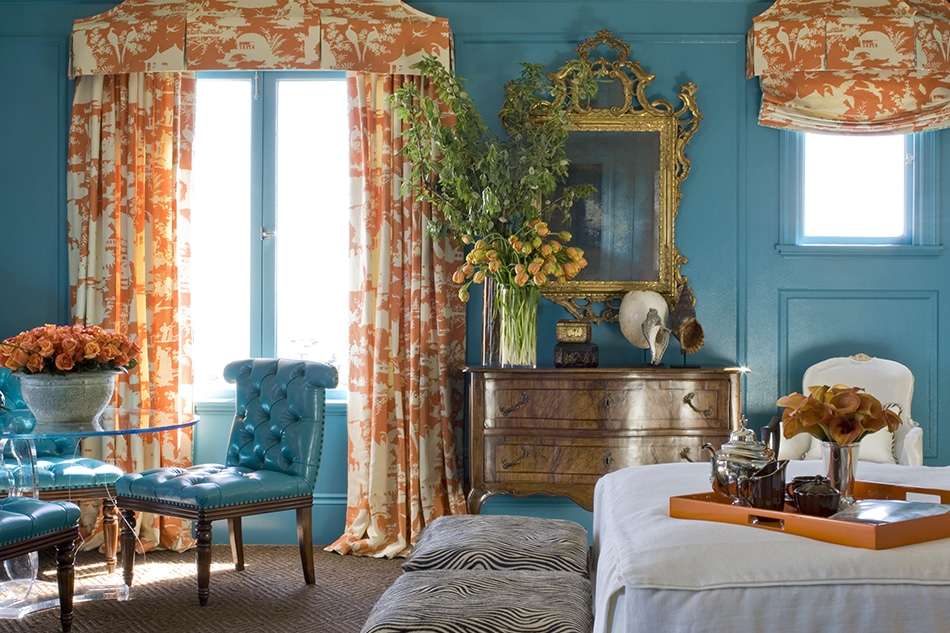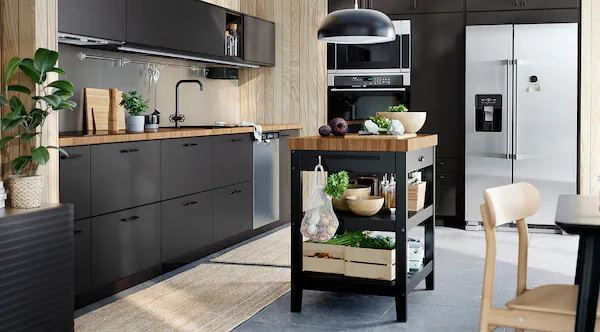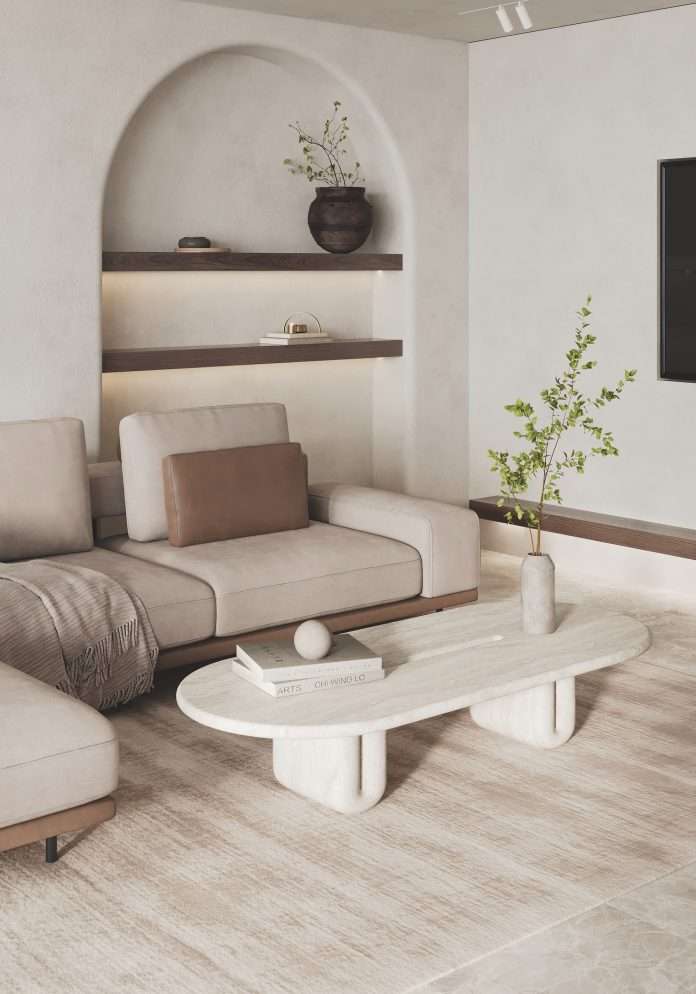As consumers seek out more sustainable and affordable options, vintage and secondhand furniture are poised for unprecedented growth.
In its first Trend Report published in 2021, furniture resale platform Kaiyo says interest is skyrocketing — the pre-loved furniture segment is expected to hit nearly $17 billion by 2025, a 70 percent increase from 2018 numbers.
“The popularity of apparel resale sites like ThredUp and The RealReal have made consumers more comfortable with shopping preloved pieces. We are pleased to release Kaiyo’s inaugural trend report which highlights the growing demand for pieces that are durable and sustainable,” Kaiyo CEO and Founder Alpay Koralturk said in a statement.
Koralturk says Millennials, in particular, are more willing to shop secondhand as they become “increasingly eco-conscious and more discerning with their dollars.”
This shift has seen secondhand sales jump. Resale platform ThredUp predicted sales would tip $77 billion by 2026 — doubling its current value.
Other vintage and secondhand platforms like Chairish and 1stDibs are seeing growth, too. Chairish saw a 60 percent increase in sales in 2020; 1stDibs, which deals in luxury home goods, saw a 23 percent increase.
Secondhand furniture market
Kaiyo’s findings, according to Koralturk, shine a spotlight on the role secondhand furniture can play in “creating a more sustainable world.”
Furniture is inherently problematic for the planet. Forestry makes up about six percent of all emissions; manufacturing is another 12 percent. Furniture is also reliant on two of the biggest other emissions-producing categories: energy production, which accounts for 72 percent of all emissions, and transport, 15 percent.

It can also attach itself to the other big emissions-producing industry: livestock. Leather, wool, and down feathers are increasingly common in furniture—particularly in the luxury sector. Livestock production accounts for 14.5 percent of all emissions, according to the Food and Agriculture Organization of the United Nations.
But even when responsibly sourced and manufactured, only a small percentage of furniture is ever recycled. That’s due in large part to the complex mix of materials used in furniture. Upholstered items (as well as mattresses) pose challenges in cleaning and reprocessing. Americans throw out more than 12 million tons of furniture every year, according to the Environmental Protection Agency. What can’t be recycled amounts to about nine million tons of furniture parts — wood, metal, glass, fabrics, and foam — sent to landfills every year.
Just half a century ago, that number going to landfills was only two million tons. The rise can’t be blamed on population increase alone. The biggest culprit — just like fashion — is the rise of fast furniture buoyed by cheap materials and cheap exported labor.
Fast furniture
IKEA, the biggest name in fast furniture, has become a leader in sustainability initiatives from its sourcing and transport to fundamentals in its designs. But even with those efforts, it lacks the one factor that makes vintage or secondhand furniture a viable option in the first place: craftsmanship. Its parallel with throwaway culture makes it harder to tease out from the pile–even if that’s just a perceived notion. According to Kaiyo’s report, the brands with the biggest presence on the platform include sustainability, design, and quality leaders like West Elm, CB2, Herman Miller, Design Within Reach, and Article.
All of this doesn’t mean new furniture is going away anytime soon. But it could mean a quality shift in new as demand for sustainability increases across all market segments.
“Mixing pre-loved pieces with new furniture for all of my projects has become increasingly more important and relevant as I consider sustainability for the earth and accessibility for my clients — making Kaiyo the perfect platform to source from. I also love the fact that my clients can sell their furniture on Kaiyo so we can switch it up,” says Peti Lau, Kaiyo’s trends expert.

Home has perhaps never been more sacred than the last two years; the home furnishings industries saw huge spikes in demand over the course of the pandemic as people redecorated while in lockdown.
Chairish reported on the covid impact, noting that 31 percent of Millennials and Gen-Z increased their purchases of secondhand furniture. At least 66 percent of homes report having one or more pieces of pre-loved furniture.
Kaiyo says that in that time it’s helped to keep more than 2.5 million pounds of furniture out of landfills, seeing a 150 to 200 percent growth month on month each year. It also plants a tree with every order completed on the site.
“People understand that it’s better to have something that’s made well and will stand the test of time vs. something that’s easily discarded,” Koralturk says. “Once they realize the benefits of buying secondhand—both for the planet and their wallets — they want that more and more in all of their purchasing decisions.”
Buying secondhand
Buying secondhand is one of the best ways to protect the planet. Rather than putting demand on the manufacture of new sofas, buying secondhand allows you to extend the life of furniture that is already in use. It can also be a lot cheaper. The quality of used sofas can vary, so you do need to be careful where you buy a sofa from. You also will not get a warranty and may have to arrange delivery yourself (paying movers may be your best option with large sofas). Secondhand furniture stores and local selling sites are some of the best places to look.
Buying sustainable
Can’t find a quality option secondhand? There are a growing number of sustainable options. While many sofas use natural materials like cotton, it is not always sustainably sourced. Look for brands that use 100 percent organic cotton — which means no harmful chemicals have been used in harvesting and manufacture. Such cotton also comes exclusively from farms where workers are paid fairly.
Timber is used heavily in the frames of most sofas. Forest Stewardship Council (FSC) certification ensures that timber is only harvested from sustainable forests and therefore does not contribute to deforestation. A number of furniture brands including West Elm, Cisco Home, Kate Watson-Smyth, and Sofas & Stuff are known to only use FSC-certified timber.

You can also find sofas made from recycled and reclaimed materials. Graham & Green is an example of a manufacturer that is known to do this in some of its products. Habbio also manufactures sofas using synthetic fabrics made from 100 percent recycled plastic bottles.
Several sofa manufacturers are known to have partnerships with eco-friendly organizations and charities— which can make up for less sustainable manufacturing practices. For example, The Sofa Club has a partnership with Ecologi, helping to fund tree planting programs. Barker and Stonehouse is another sofa manufacturing company that aims to plant 2 trees for every tree used in the manufacture of their sofas via the Trees4Trees initiative program.
Green shipping is designed to reduce carbon emissions by exploring the most eco-friendly transport options. It is typically slower than standard shipping, but is also cheaper. Eco-friendly companies like Sabai are known to offer carbon neutral delivery options, while brands like Etsy also promote green shipping practices for upcycled sofas bought through their site.
Related on Ethos:


